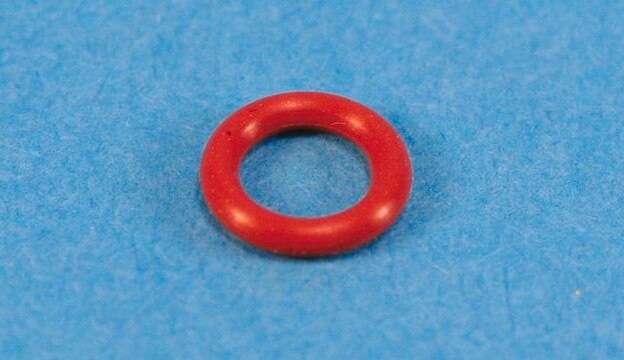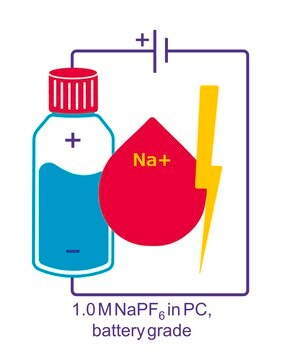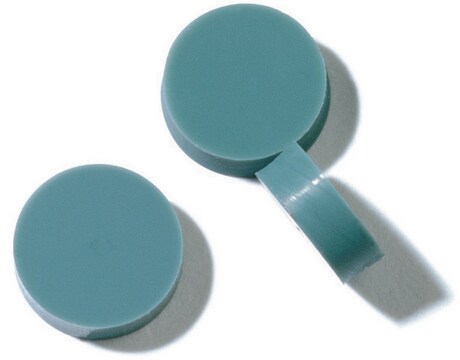21003-U
Joint Therm-O-Ring
pkg of 10 ea
About This Item
Produits recommandés
Conditionnement
pkg of 10 ea
Fabricant/nom de marque
Agilent custom
Paramètres
350 °C max. temp.
Couleur
brown O-ring
Compatibilité
configured for capillary inlet liner
Vous recherchez des produits similaires ? Visite Guide de comparaison des produits
Catégories apparentées
Description générale
This high temperature fluorocarbon O-ring can be used with inlet temperatures up to 350 °C without sticking or fragmenting. Fits 6.3 mm O.D. (split) and 6.5 mm O.D. (splitless) capillary liners, and any 1/4in. O.D. capillary liner that uses an O-ring. Superior replacement for Viton O-rings.
Faites votre choix parmi les versions les plus récentes :
Certificats d'analyse (COA)
Désolés, nous n'avons pas de COA pour ce produit disponible en ligne pour le moment.
Si vous avez besoin d'assistance, veuillez contacter Service Clients
Déjà en possession de ce produit ?
Retrouvez la documentation relative aux produits que vous avez récemment achetés dans la Bibliothèque de documents.
Les clients ont également consulté
Articles
Pistachios contain approximately 45% fat, which can result in a significant amount of coextracted matrix in the acetonitrile extract generated using the QuEChERS procedure. A zirconia based adsorbent significantly reduces coextracted matrix prior to LC-MS or GC-MS.
A procedure for cleanup of green tea extracts provides low background and allowed for the analysis of more pesticides at lower levels than QuEChERS. Uses less solvents and no toluene.
The odor and pungency of ginger is due to the presence of terpenes, gingerols and shogaols. These compounds contribute to the highly complex matrix of ginger, which subsequently presents a challenge in low level analyses of contaminants. A novel 2-layer SPE cartridge efficiently reduces background for pesticide determination.
Protocoles
Paprika is a spice made from dried sweet peppers, and is used for flavor and color in many types of cuisine. Contamination with polynuclear aromatic hydrocarbons (PAHs) can occur when pepper plants are exposed to these pollutants in the environment and/or during the drying process.
Notre équipe de scientifiques dispose d'une expérience dans tous les secteurs de la recherche, notamment en sciences de la vie, science des matériaux, synthèse chimique, chromatographie, analyse et dans de nombreux autres domaines..
Contacter notre Service technique








